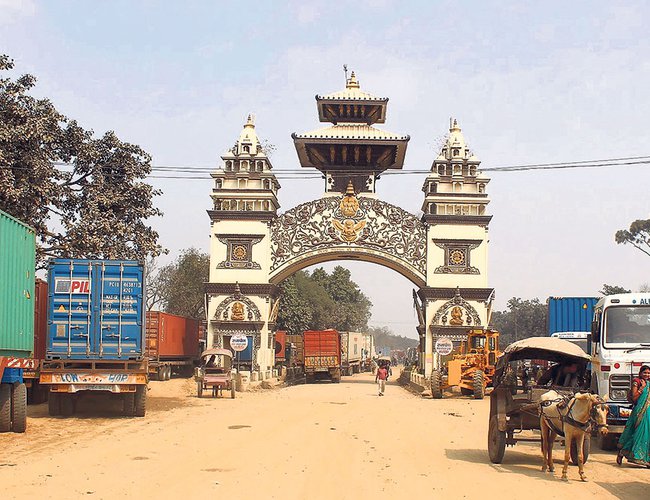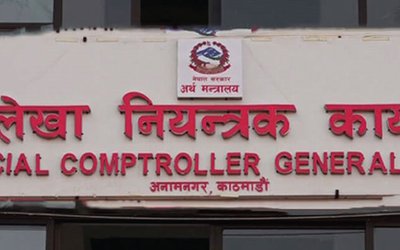
Although the government has set an economic growth target of 8.5 percent for the fiscal year 2018/019, economic indicators showed that the growth is likely to be below 6.5 percent.
Recently published Nepal Rashtra Bank’s report showed some positive implications. Given the government’s recent policies, Nepal’s balance of payments (BoP) has remained at a surplus of Rs 14.43 billion in the first three months of the current fiscal year.
Although there is a drop in remittance, exports and imports of products like vehicles have drastically reduced and there is also gradual rise in exports.
The Macroeconomic Status (mid-July to mid-October) report published by Nepal Rastra Bank (NRB) showed that the BoP remained in surplus compared to a deficit of Rs 35.42 billion in the same period of the previous year.
The central bank report shows that remittance inflow decreased by 4.9 per cent to Rs 230.24 billion in the review period, which could have hit the BoP situation. However, the country’s exports surged by 14.4 per cent to Rs 27.17 billion in the same period, thereby supporting the BoP.
Mainly exports of palm oil, cardamom, medicine (ayurvedic), jute goods, yarn (polyester and others), among others, increased whereas exports of zinc sheet, juice, readymade garments, woolen carpets, wires, among others, decreased in the review period, shows the report.
Meanwhile, merchandise imports slumped by 10.3 per cent to Rs 334.95 billion in first three months of current fiscal, against a rise of 43.6 per cent in the same period of the previous year.
However, the current account registered a deficit of Rs 27.18 billion in the review period. Such deficit was recorded at Rs 81.74 billion in the same period of the previous year.
The NRB report shows market prices going much higher as the year-on-year consumer price inflation stood at 6.21 per cent in mid-October compared to 4.68 per cent a year ago. While the food and beverage inflation stood at 7.04 per cent, non-food and service inflation stood at 5.55 per cent in review month.
Within the food and beverages group, prices of vegetables, meat and fish, fruits and spices subgroups rose significantly in the review month, as per the central bank. Likewise, within the non-food and service group, prices of housing and utilities, clothes and footwear, and education sub-groups rose in the review month.
According to Nepal Rastra Bank, credit for residential construction increased by 4.1 percent during the first three months compared to 8.7 percent during the same period last fiscal year
The credit growth in the non-residential sector grew a mere 0.3 percent compared to a 3.3 percent growth in the corresponding period a year earlier. Credit growth in financing highways and bridges also decreased to 7.7 percent from 12.8 percent.
During the first three months of the current fiscal year, Nepal imported cement worth Rs199 million, a 13 percent decline over the same period last fiscal year.
In the same quarter, imports of iron and steel decreased 22.5 percent to Rs34.24 billion compared to the same period a year ago, according to the Trade and Export Promotion Centre.
- TANAHU HYDROPOWER PROEJCT: A Significant Achievement
- Apr 15, 2024
- AMBASSADOR HANAN GODAR: Sharing Pain With A Nepali Family
- Mar 30, 2024
- VISIT OF KfW AND EIB TO NEPAL : Mission Matters
- Mar 25, 2024
- NEPAL BRITAIN SOCIETY: Pratima Pande's Leadership
- Mar 24, 2024
- NEPAL ARMY DAY: Time To Recall Glory
- Mar 15, 2024
















